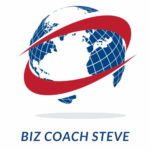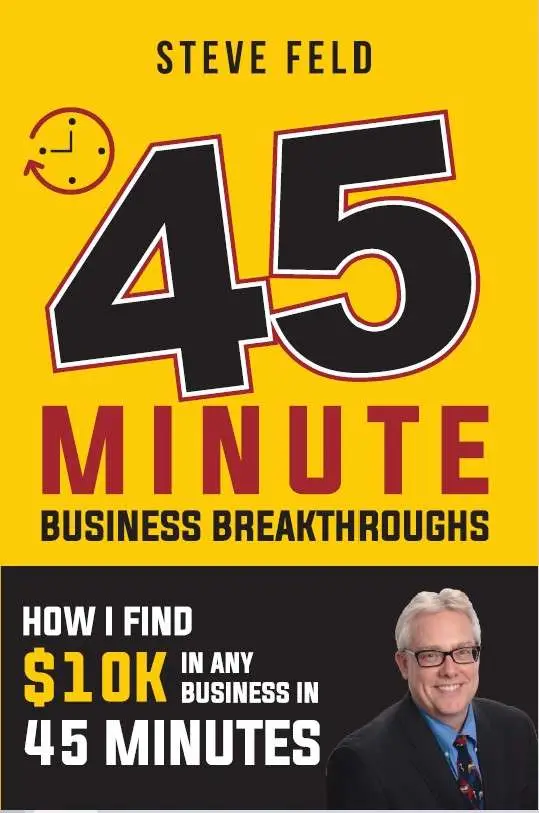Looking Back at 2025 and Preparing for 2026: Lessons and Growth
By Steve Feld|2024-12-28T21:29:23-07:00December 12, 2025|Categories: Business, Coaching, Entrepreneur|Tags: Business, entreprenuer, Growth, success|
Pre-Mastermind Group Meeting
By Steve Feld|2025-11-30T15:29:12-07:00November 30, 2025|Categories: Mastermind|Tags: Business, Coaching, entreprenuer, Growth, Leadership, Mastermind, Owner, strategy, success|
Business of Your Dreams Summit
By Steve Feld|2025-11-08T13:43:36-07:00November 8, 2025|Categories: Partners Events|Tags: action, Business, entreprenuer, Growth, strategy|
Business of Your Dreams Summit
By Steve Feld|2025-11-08T13:38:01-07:00November 8, 2025|Categories: Partners Events|Tags: action, Business, Change, entreprenuer, Growth, sales, strategy, success|
Strategic Planning Workshop
By Steve Feld|2025-11-08T13:29:53-07:00November 8, 2025|Categories: Workshops|Tags: Business, entreprenuer, Growth, marketing, planning, Results, strategy, success, time management|
13 Things Mentally Strong People Don’t Do
By Steve Feld|2025-10-20T21:08:23-07:00October 10, 2025|Categories: Business, Coaching, Entrepreneur, Leadership|Tags: Business, entreprenuer, Growth, Owner|
Operation Money-Leverage!”
By Steve Feld|2024-12-28T21:31:33-07:00July 11, 2025|Categories: Business, Coaching, Entrepreneur, Sales|Tags: Business, entreprenuer, Growth, Owner, success|



